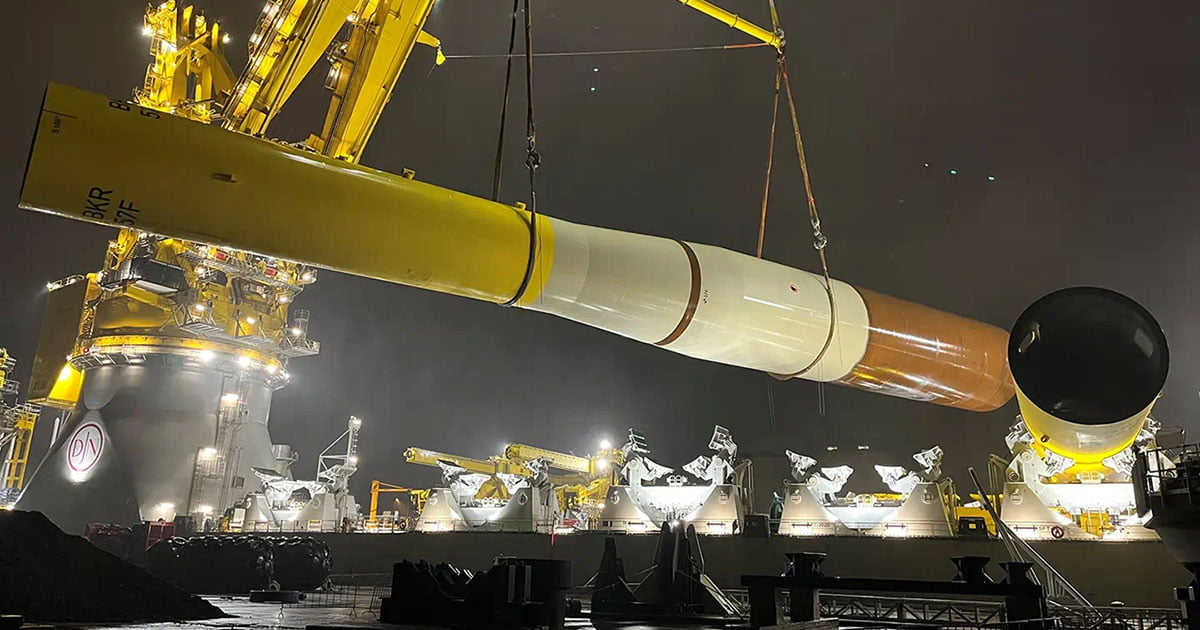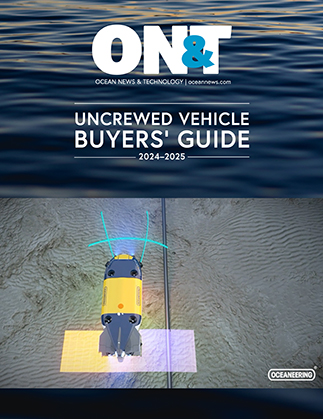Ørsted, the world leader in offshore wind, and Dillinger, the largest heavy steel plate producer in Europe, re-iterate the strength of their partnership by agreeing that Ørsted will be offered the first production of lower-emission steel from Dillinger, subject to availability and commercial terms and conditions. The steel plates form a part of the offshore wind monopile foundations and are intended to be used for future projects. Taking the current technology outlook into account, the reduction of the process-related carbon emissions from production is expected to be around 55-60% compared to conventional heavy plate steel production.
Under a large-scale supply-agreement entered into in 2022, Ørsted will procure significant volumes of regular heavy plate steel from 2024, giving the company access at scale to and visibility of the most crucial raw material in offshore wind while providing Dillinger with the needed support to accelerate investments in new lower-emission steel production. Ørsted expects to be able to procure lower-emission steel produced at Dillinger’s plant in Dillingen, Germany, from 2027-2028.
The long-term offtake agreement is an example of how Ørsted’s scale in offshore wind procurement, industry-leading decarbonization efforts, and strong partnership approach with suppliers, are leveraged together to push for sustainable solutions supporting the green build-out. Agreements like this are required, alongside regulatory support, to drive down the cost of lower-emission steel through early demand signals, and, ultimately, to future-proof the European offshore wind supply chain through stable supply chains based on greener production methods. The partnership will strengthen Ørsted’s position in offshore wind by securing supply of a key raw material and visibility of capacity.
This follows the EU’s recent passing of the Net Zero Industry Act, which makes non-price criteria in renewable energy auctions mandatory within the EU. Thus, the agreement with Dillinger not only helps accelerate the decarbonization of the steel industry; it also provides Ørsted with the optionality to deliver on expected decarbonization criteria in coming auctions when they materialize.
Virginie Van de Cotte, Chief Procurement Officer at Ørsted, says: “At Ørsted, we have closer ties to the supply chain than any other offshore wind developer, and we’ll leverage these ties to support our business as well as the green transformation at large. Long-term offtake agreements like this one are key to decarbonizing hard-to-abate materials such as steel because it takes clear demand signals to drive investments in the technologies needed to decarbonize production.
With this MoU, we’re pleased to help support Dillinger’s development of lower-emission steel facilities in Europe. This is an agreement which will also enable Ørsted to further diversify its supply chain, secure capacity, and deliver on expected future costumer demand.”
Stefan Rauber, CEO of Dillinger, says: “The agreement with Ørsted proves that steel made in Germany is relevant for the success of the climate and energy transition, and that it has a future. With the support of the German federal government, we’re now investing in the transformation of our production facilities to be able to produce carbon-reduced steel from 2027 onwards.”
Danny van der Hout, Chief Commercial Officer at Dillinger, adds: “We’d like to thank Ørsted for placing confidence in our expertise and the high quality of our steel. The Dillinger team is proud to contribute to the further expansion of renewable energy with its innovative products.”
Foundations are one of the largest sources of carbon emissions in an offshore wind farm’s life cycle, accounting for 21%. Reducing those emissions is key for Ørsted to reach its 2040 science-based net-zero target.

